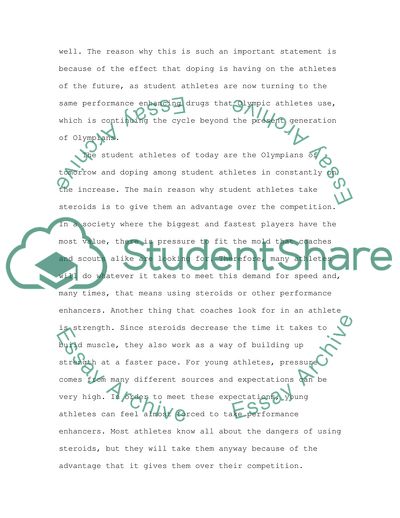Cite this document
(The Olympics: the Unity of Humankind Essay Example | Topics and Well Written Essays - 1750 words, n.d.)
The Olympics: the Unity of Humankind Essay Example | Topics and Well Written Essays - 1750 words. Retrieved from https://studentshare.org/sports-and-recreation/1706567-olympics-intercollegiate-sport
The Olympics: the Unity of Humankind Essay Example | Topics and Well Written Essays - 1750 words. Retrieved from https://studentshare.org/sports-and-recreation/1706567-olympics-intercollegiate-sport
(The Olympics: The Unity of Humankind Essay Example | Topics and Well Written Essays - 1750 Words)
The Olympics: The Unity of Humankind Essay Example | Topics and Well Written Essays - 1750 Words. https://studentshare.org/sports-and-recreation/1706567-olympics-intercollegiate-sport.
The Olympics: The Unity of Humankind Essay Example | Topics and Well Written Essays - 1750 Words. https://studentshare.org/sports-and-recreation/1706567-olympics-intercollegiate-sport.
“The Olympics: The Unity of Humankind Essay Example | Topics and Well Written Essays - 1750 Words”. https://studentshare.org/sports-and-recreation/1706567-olympics-intercollegiate-sport.


